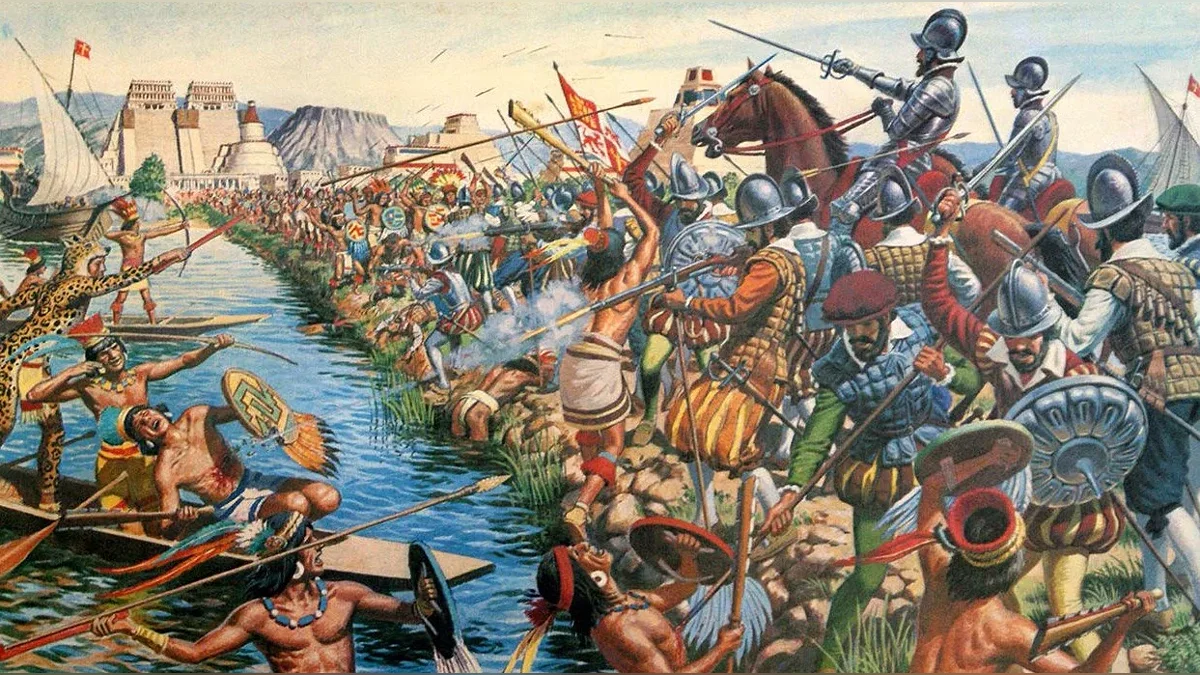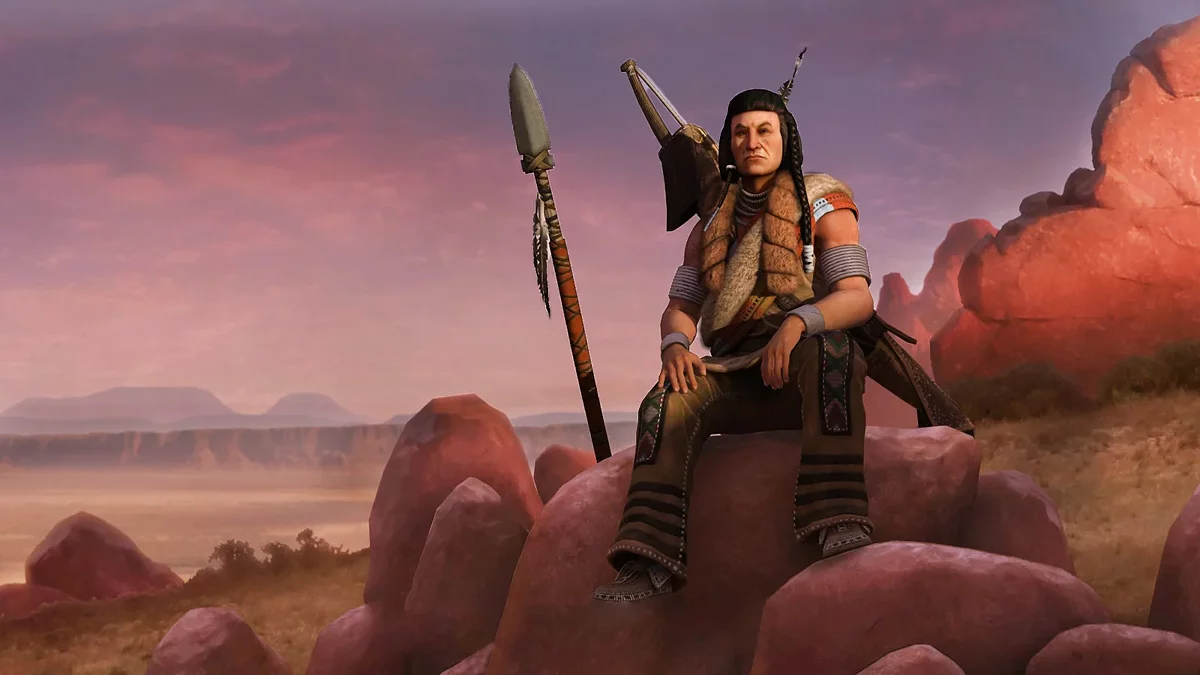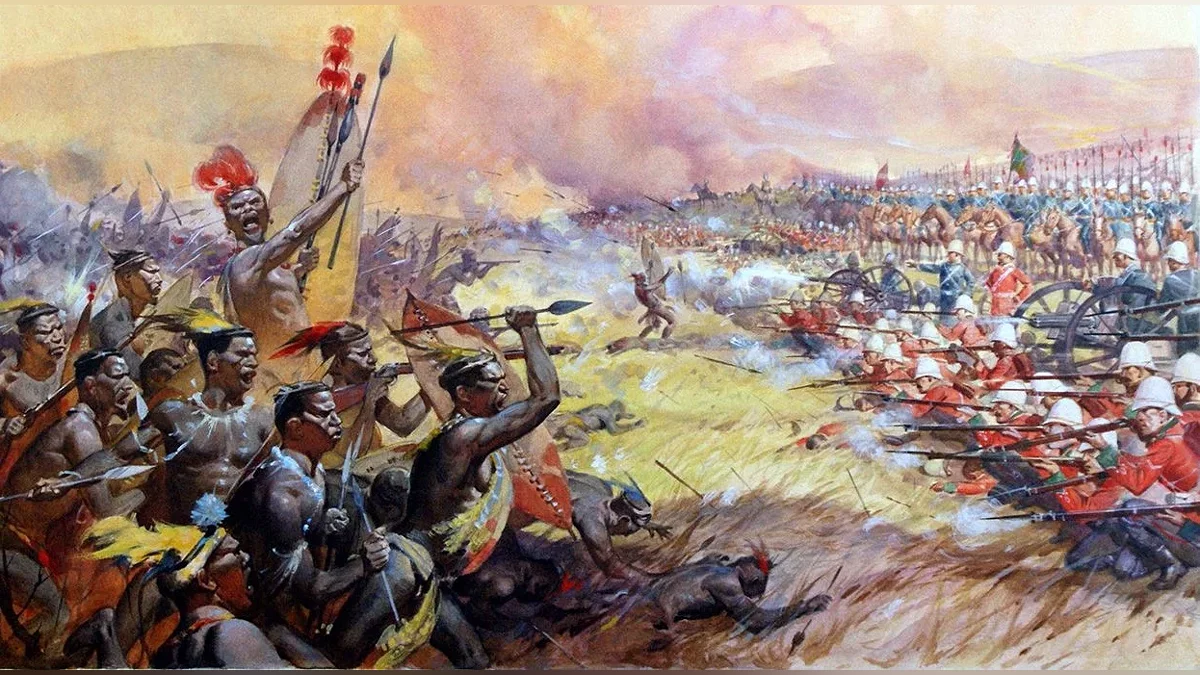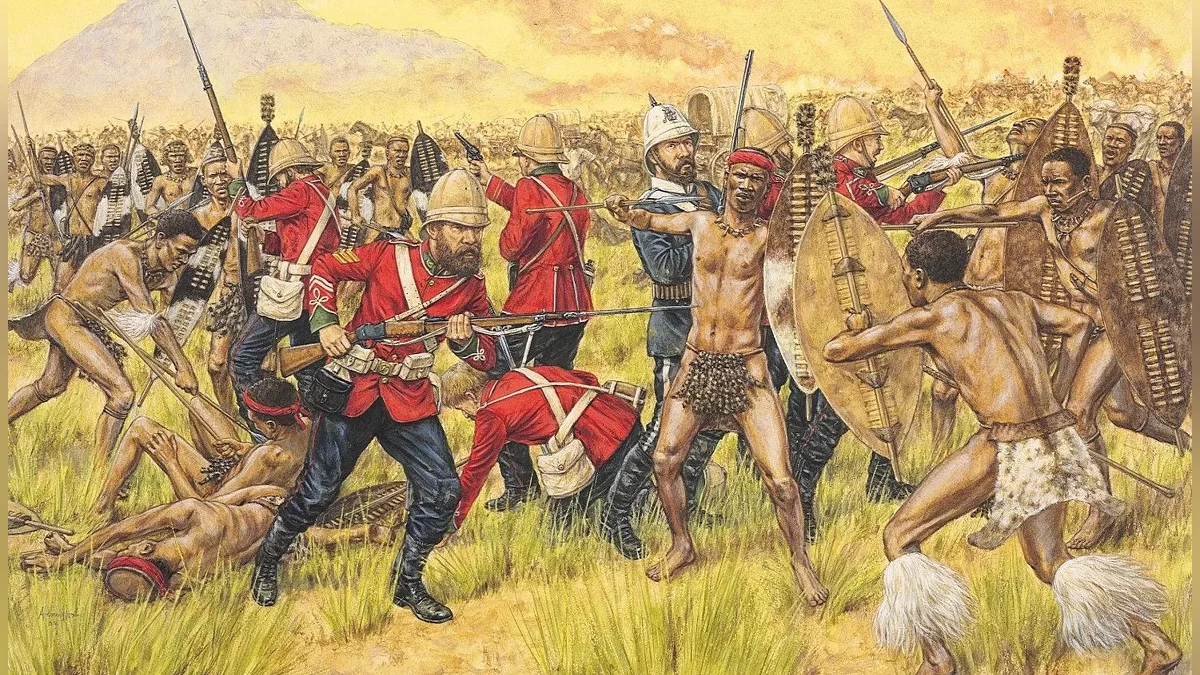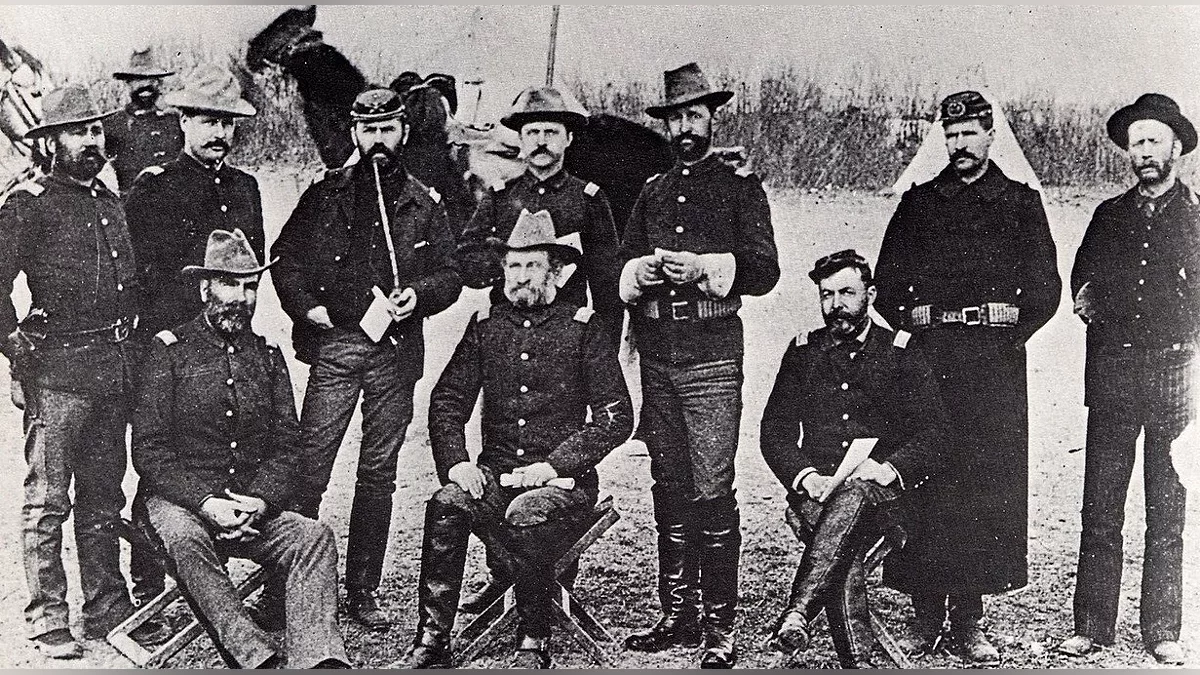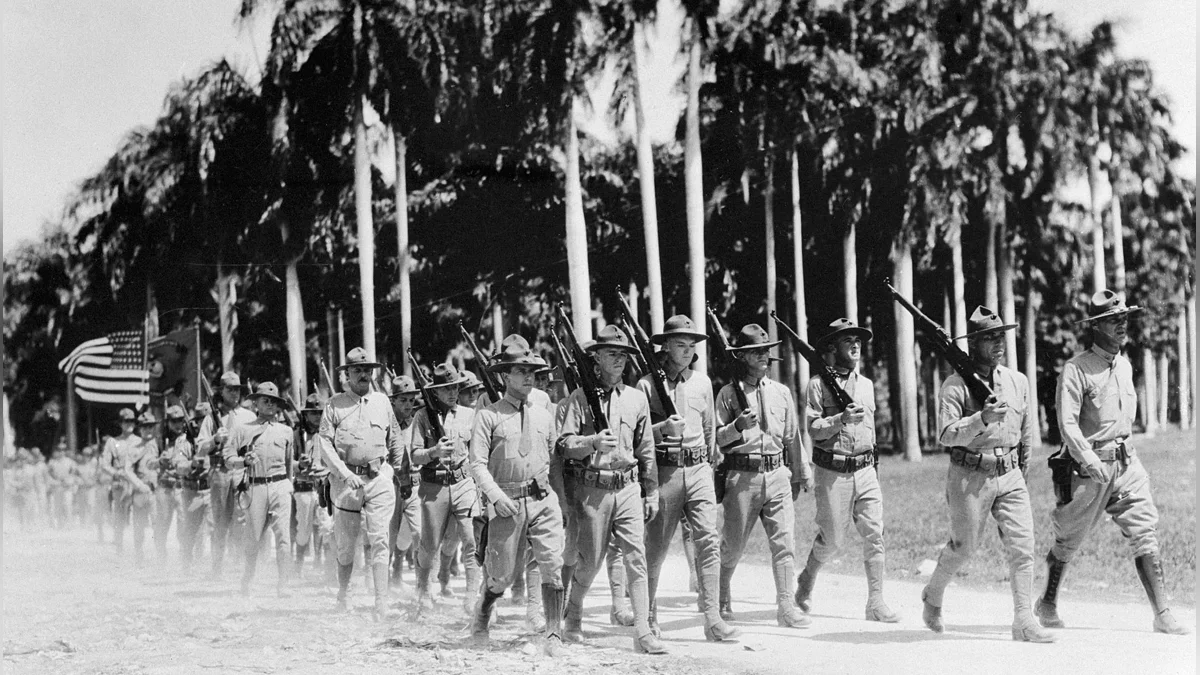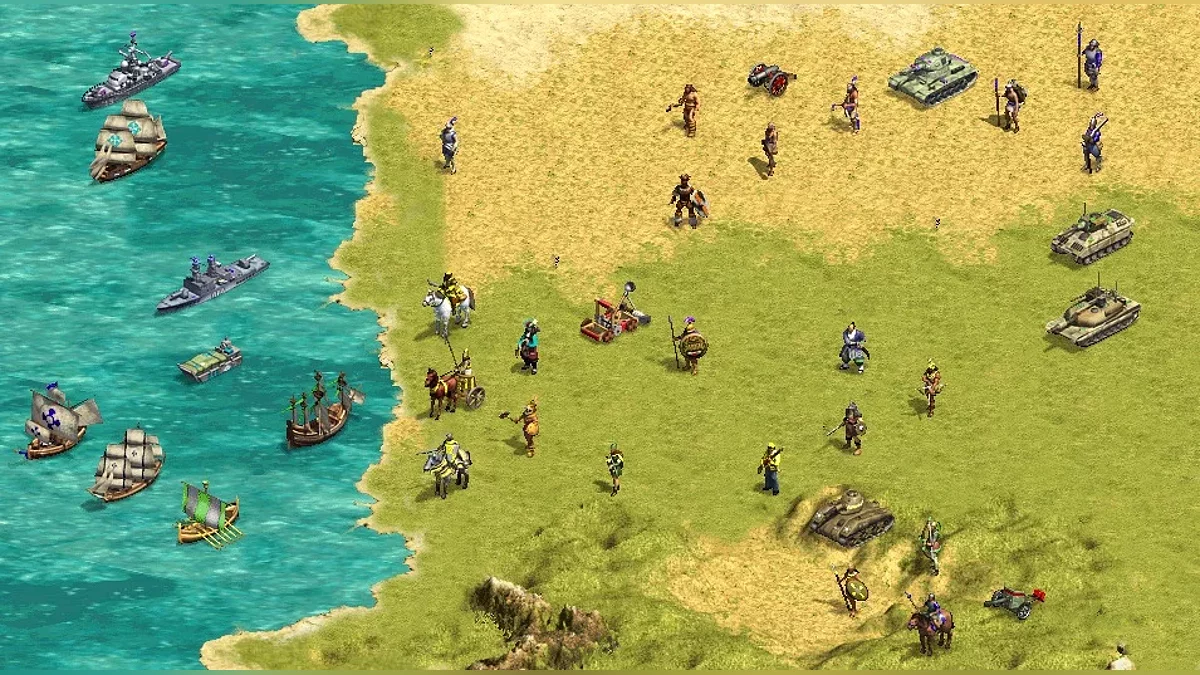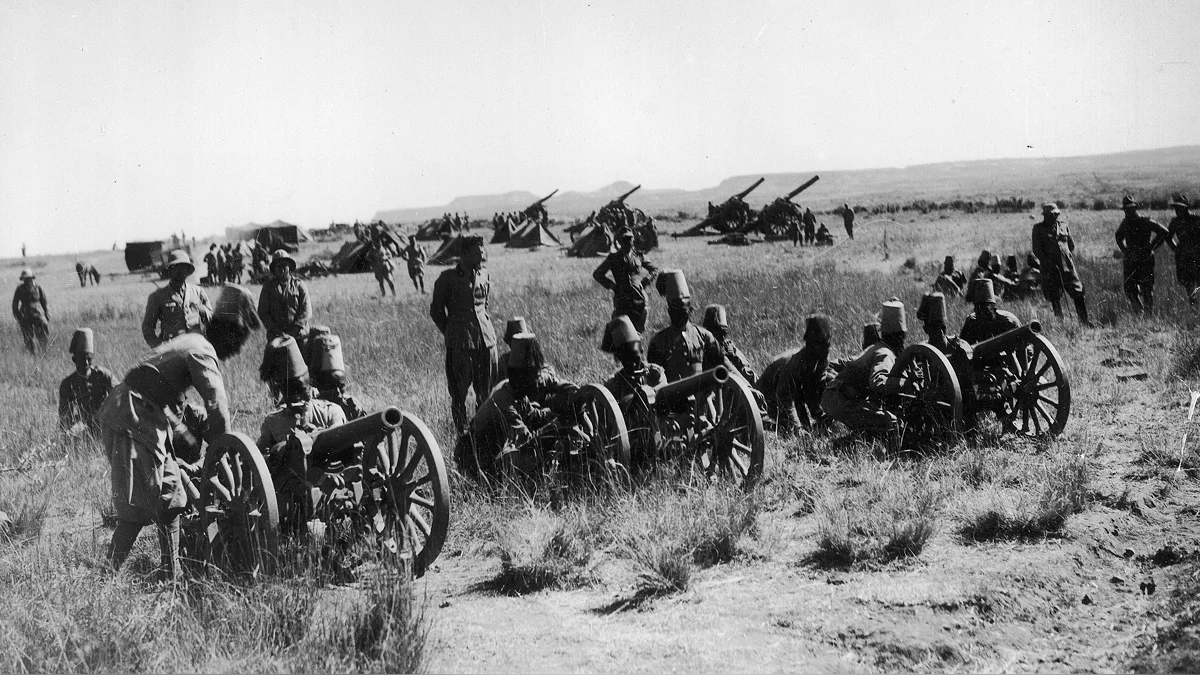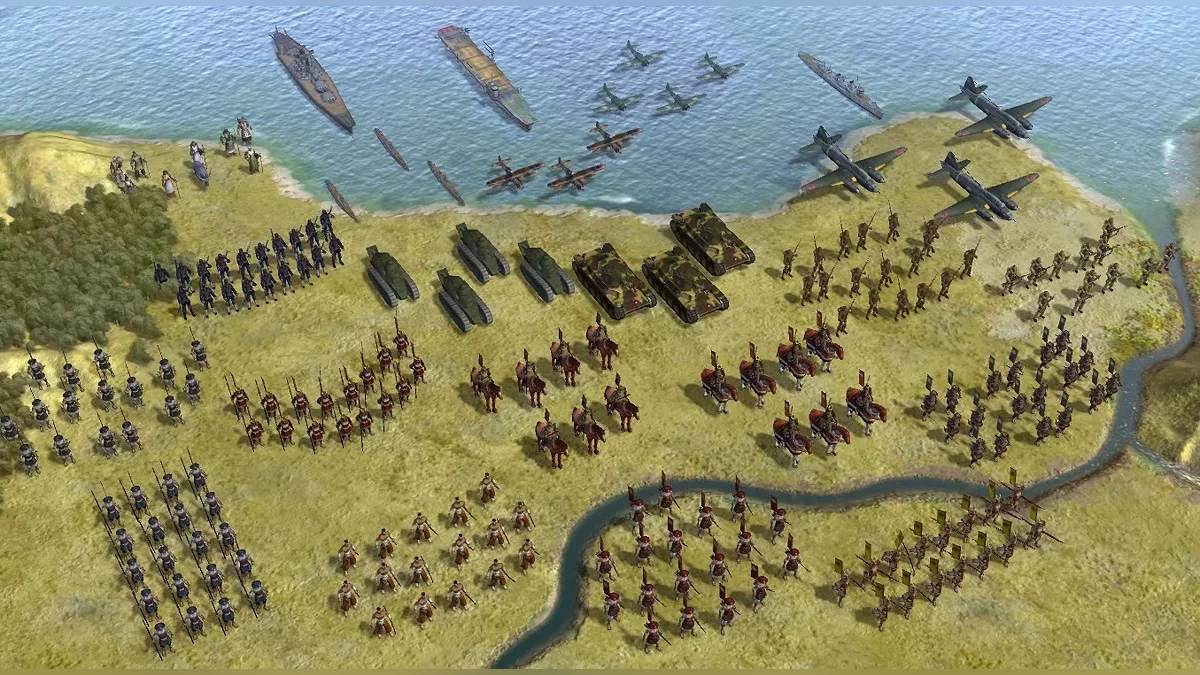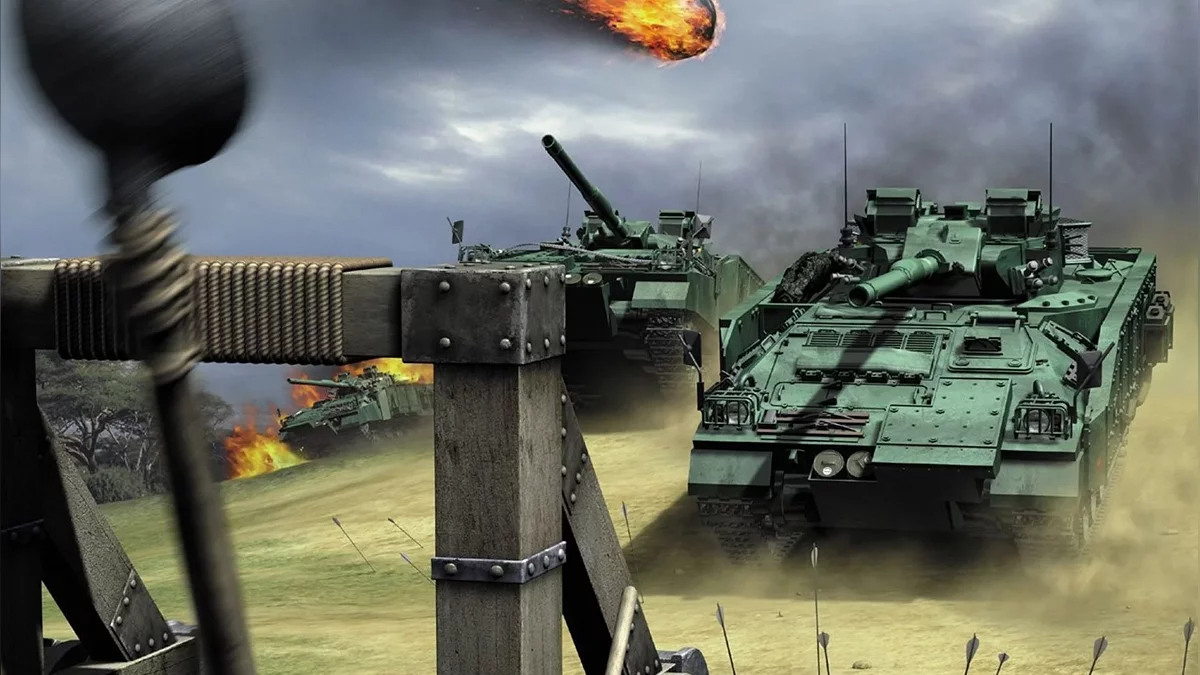Tanks vs. Swords: Real Conflicts in Civilization Style

In the games of the Civilization series, the development of nations plays an important role. Therefore, a situation is possible when one nation is noticeably ahead of the others in technology. As a result, knights in armor can face machine guns and rocket artillery on the battlefield. Such situations seem funny, but something similar happened in reality. You will find vivid examples in our article.
The conquest of America by Spanish troops (1519-1530)
After the discovery of America by Christopher Columbus (Cristóbal Colón) in 1492, numerous expeditions from Europe, primarily from Spain, set off to this continent. One of them was led by Hernán Cortés. His army was very small and did not even reach a thousand people. For comparison, the Aztec Empire had hundreds of thousands of warriors. However, the Spaniards used cannons and guns, and often fought on horseback. Horsemen frightened the superstitious Indians, and they ran away at the sight of galloping cavalry. And the loud sounds of gunshots had more of a psychological effect — loud bangs caused fear.
However, it was with the help of artillery that the defensive structures and many defenders of Tenochtitlan, the capital of the Aztec state, were destroyed. The assault on the city was successful, as attempts to stop the Spaniards with bows and arrows were ineffective. In addition, the success of the conquerors motivated the locals to go over to Cortes' side. Soon the empire fell apart, and Spanish colonies appeared on its territory.
The Anglo-Zulu War of 1879
In the second half of the 19th century, Great Britain decided to create a confederation of African states and Boer republics. In essence, it was to become its new colony. However, some independent states were against this decision. They issued an ultimatum, but the Zulu king Cetshwayo (Cetshwayo kaMpande) refused to accept it. On January 11, 1879, the war began.
The British had a total technological advantage. For example, in this war they used the Gatling gun, the predecessor of modern machine guns. The Africans fought with spears and other bladed weapons. Only a few of them had outdated flintlock rifles. But the warriors had no experience with firearms, and the ammunition reserves were small. The only thing the Zulus could count on was numerical superiority.
It helped them during the Battle of Isandlwana, which took place on January 22. The Africans took advantage of the element of surprise, attacked the detachment of Lieutenant Colonel Henry Pulleine and destroyed it in close combat. However, an attempt to repeat the trick six months later was unsuccessful. On July 4, the Battle of Ulundi took place. This time, the Zulus were unable to get within striking distance — they came under heavy fire from grapeshot, artillery and rifles. The battle was won by the British in half an hour, and this victory marked the end of the war.
Wounded Knee Massacre of 1890
The confrontation between the US Army and the Lakota Indians lasted throughout the 19th century. It all began with the expedition of Lewis (Meriwether Lewis) and Clark (William Clark) in 1804-1806, when, on the orders of President Thomas Jefferson, a search began for a direct route along the rivers across the continent. Recall that in 1803, France sold Louisiana, which was located in the center of the North American continent, to the US. Local residents prevented the expedition from moving up the river, which almost led to a military clash. Then the development of new lands began, during which the Indians often attacked migrants. An attempt to conclude a peace treaty led to nothing, so the US authorities pitted tribes against each other, and sent the survivors to reservations.
The last major battle between the United States Army and the Lakota tribe was the Battle of Wounded Knee, which was later called the Massacre. Government troops surrounded the Indian camp and ordered them to lay down their arms. The situation was tense, and an accidental shot became a pretext for opening fire. Many Indians had only knives with them, and they were no match for guns and cannons. The survivors were caught up and killed by horsemen. During this battle, 25 US soldiers were killed, but it is believed that they were caught in friendly fire. At the same time, the Lakota tribe lost 300 people, most of them women and children.
Are you playing Civilization?
The American occupation of Haiti in 1915
In 1791a revolution began on the island of Haiti. It went down in history as the first and only successful slave rebellion. They managed to fight off French, Spanish and British troops, after which an independent state was formed.
But we are interested in the story that happened in 1915. By that time, a political crisis had begun on the island. And because of the influence of German emigrants, there was a risk that Haiti would pursue German interests. The United States had not yet entered World War I, but it was already obvious that the country would join the Entente. And the island was of strategic importance, because it is located near the Panama Canal, which connects the Pacific and Atlantic Oceans. The brutal murder of the pro-American dictator Jean-Simon San became the pretext for the invasion.
The United States quickly managed to take control of Haiti. However, after 3 years, the locals rebelled, which they regarded as a serious threat. Automatic rifles and machine guns were used against the rebels, and a network of military camps was built on the island to control the territory. Only a few rebels had pistols or other light firearms, but most of them could only hope for knives and daggers. However, the soldiers shot any Haitian who carried a weapon. By 1920, the resistance ceased. During this time, according to various sources, from 2 to 13 thousand islanders and 28 Americans died.
At the same time, the anti-American sentiment in the country did not disappear. Moreover, the racist behavior of the US soldiers angered the local population. The occupation lasted for 19 years. Only in 1934 was the decision made to withdraw the troops.
Second Italo-Ethiopian War (1935-1936)
By the 1930s, Ethiopia was the only independent state in Africa. Its capture allowed the Italian government to unite the colonies of Somalia and Eritrea by land, as well as create a springboard for further expansion. By that time, the Europeans had armored cars, tanks, aircraft, and chemical weapons. All of this was actively used against the Africans.
Emperor Haile Selassie I of Ethiopia tried to buy modern weapons, but was refused. As a result, his army was armed with bows and spears. Yes, some soldiers had outdated rifles, and they were supported by antediluvian artillery. As with other examples from our article, the calculation was based on numerical superiority — 800 thousand against 250. In addition, the Africans had the advantage of the defending side and knowledge of the terrain of their home country.
In the early stages of the war, the Ethiopians carried out successful counter-offensives, recapturing important strongholds, and destroying and capturing Italian tanks. Neither daily bombing nor heavy machine guns could stop the defenders of their country. The tide of the war was turned by poison gas, which forced the Africans to retreat to unfavorable positions. Then the Italians wedged themselves between the positions of the enemy units, divided them into three groups and defeated one after another.
***
Do you know of similar examples from real history? Share your stories in the comments! Or tell your own handcrafted stories in the Civilization series of games.
Have you already checked out the Civilization 7?
-
How Civilization-style strategy games help you understand history through gameplay
-
Sid Meier's Civilization 7 Review: It Could Become One of the Best in the Series, But in a Couple of Years
-
Steam Users Slam Civilization 7 — Game Receives Only 39% Positive Reviews
-
Developers of Civilization 7 Announce Full VR Version — Trailer


